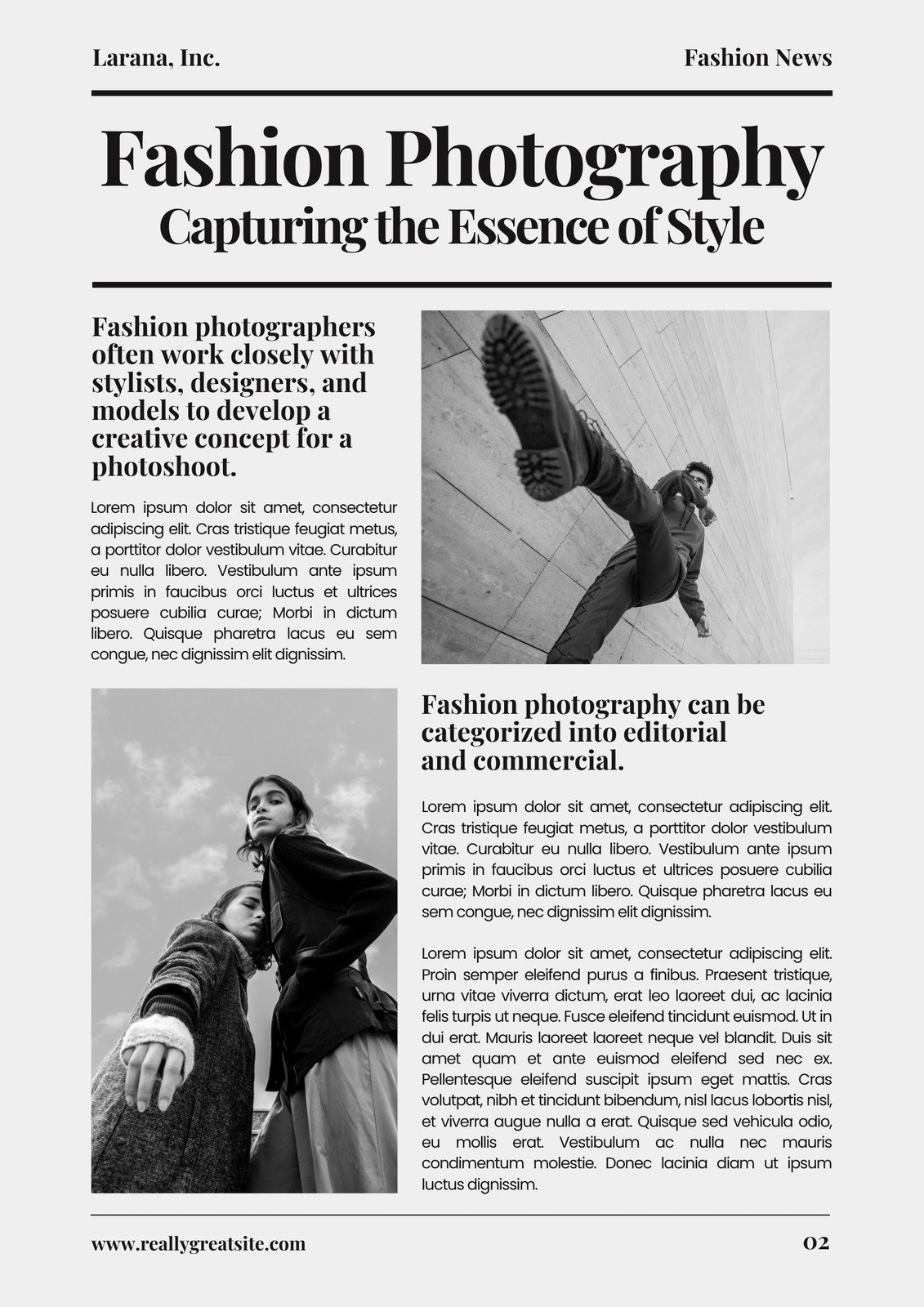The Of News Articles
The Of News Articles
Blog Article
Facts About News Articles Revealed
Table of ContentsNews Articles - The FactsHow News Articles can Save You Time, Stress, and Money.What Does News Articles Mean?The Buzz on News ArticlesMore About News Articles
Great expertise of various subjects gives students an one-upmanship over their peers. Also though electronic and social networks are readily obtainable, we ought to not fail to remember how essential it is to read the newspapers. Moms and dads have to attempt and inculcate the routine of reading a paper as an everyday regimen to continue the tradition of the revered print tool.News tales also have at the very least one of the following essential attributes about the desired audience: distance, prestige, timeliness, human rate of interest, oddity, or repercussion. The relevant term journalese is in some cases made use of, generally pejoratively, to refer to news-style writing. One more is headlinese. Papers typically follow an expository writing design.
Within these limitations, news tales additionally aim to be detailed. Among the bigger and extra respected papers, justness and equilibrium is a major element in offering information.
Papers with an international audience, for example, often tend to utilize a much more formal style of composing. News Articles.; common style overviews consist of the and the United States Information Design Publication.
News Articles Fundamentals Explained
As a rule, reporters will certainly not utilize a lengthy word when a brief one will do. News writers attempt to prevent using the same word much more than as soon as in a paragraph (often called an "echo" or "word mirror").
Headlines in some cases leave out the topic (e.g., "Jumps From Boat, Catches in Wheel") or verb (e.g., "Cat lady fortunate"). A subhead (likewise subhed, sub-headline, subheading, caption, deck or dek) can be either a secondary title under the major headline, or the heading of a subsection of the article. It is a heading that comes before the major text, or a group of paragraphs of the major text.

Extra signboards of any of these kinds might show up later on in the short article (especially on subsequent web pages) to entice further reading. Such signboards are additionally utilized as guidelines to the short article in other areas of the magazine or website, or as promotions for the item in other magazine or websites. Typical structure with title, lead paragraph (summary in strong), various check that other paragraphs (information) and call info.

Example of a hard-lead paragraph NASA is proposing one more area job. The agency's budget request, introduced today, included a plan to send out an additional mission to the Moon. This time around the agency wants to develop a long-lasting facility as a jumping-off factor for other area adventures. The budget plan requests about $10 billion for the project.
The NASA announcement came as the agency requested $10 billion of appropriations for the job. An "off-lead" is the 2nd crucial front page information of the day. The off-lead appears either in the leading left edge, or directly listed below the lead on the right. To "bury the lead" is to start the short article with background info or details of additional significance to the readers, requiring them to learn more deeply right into an article than they should need to in order to find the important factors.
An Unbiased View of News Articles
Usual usage is that one or more sentences each create their own paragraph. Reporters normally explain the company or structure of a news tale as an inverted pyramid. The necessary and most interesting components of a story are put at the start, with supporting information following in order of decreasing value.
It allows people to discover a topic to just the depth that their curiosity takes them, and without the charge of details or nuances that they could think about unimportant, but still making that details readily available to more interested readers. The inverted pyramid structure also makes it possible for write-ups to be trimmed to any kind of approximate length throughout format, to fit in the area available.
Some authors start their tales with the "1-2-3 lead", yet there are lots of kinds of lead readily available. A twist can refer to several things: The last story in the information program; a "satisfied" story to end the show.
Longer write-ups, such as publication cover posts and the pieces that lead the inside sections of a newspaper, are called. Feature tales differ from straight news in a number of ways. Foremost is the absence of a straight-news lead, the majority of the moment. Rather of using the essence of a story up front, attribute writers may try to entice readers in.
Get This Report about News Articles
A function's first paragraphs frequently relate a fascinating moment or occasion, as in an "anecdotal lead". From the details of an individual or episode, its view promptly expands to generalizations regarding the story's subject.

The Editor's Toolbox: A Recommendation Guide for Beginners and Professionals (2001) Allan M. Siegal and William G. Connolly. The New York Times Handbook of Style and Use: The Authorities Style Overview Used by the Writers and Editors of the World's Many Authoritative Paper (2002) M. L. Stein, Susan Paterno, and R.
Report this page